Lost and Found: B-24 Lady-Be-Good a Tragic Tale of Resilience in the Desert
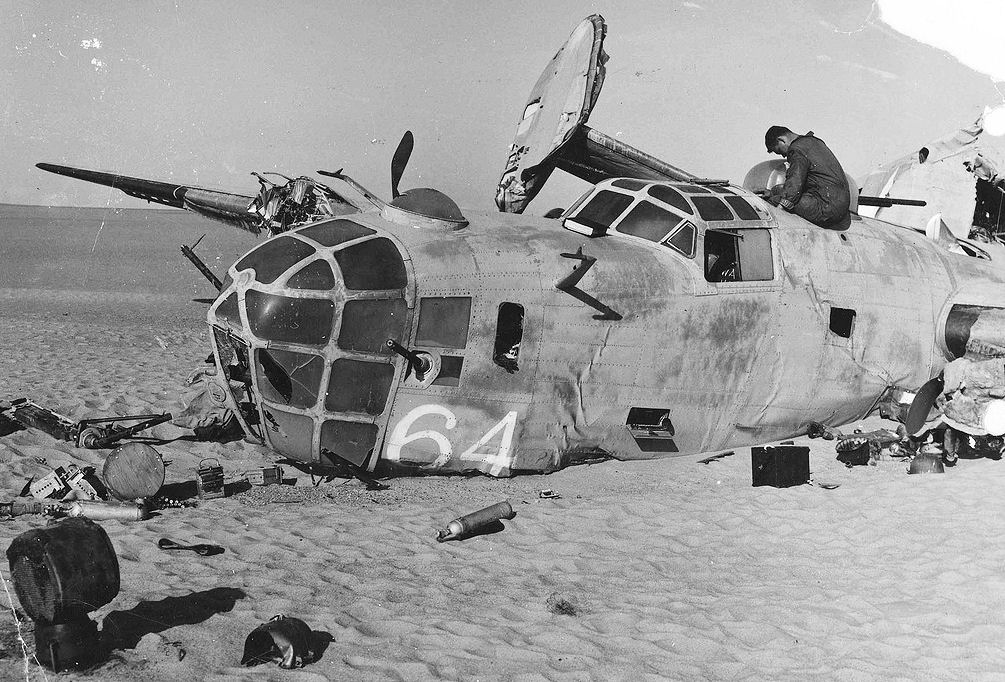
It was 1943, Sunday April 4th and the Allies were putting pressure on Axis forces bombing targets across Southern Italy, pressing home their air-power advantage in the Southern Mediterranean. One brand new B-24 Liberator bomber took off behind twelve others en-route for a high-altitude mission over the Italian city of Naples.
Nine of the bombers were turned back by a sandstorm which had quickly blown up and engulfed the planes, but the Lady-be-Good and her nine-man crew flew on behind the four remaining aircraft, despite the poor visibility and heavy cloud cover. At 19:50 they arrived over their target area, but the weather was so bad the mission had to be aborted.
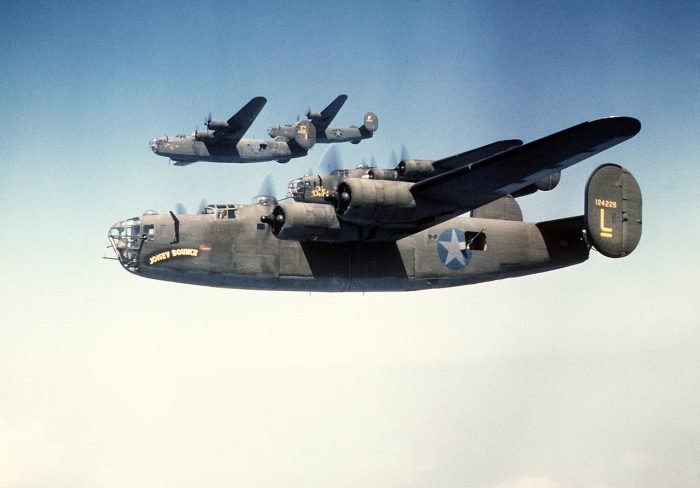
The B-24 was not a popular plane among pilots, with many complaining that it handled like a truck and that it took greater strength and concentration to fly than the B-17 Flying Fortress. But the Liberator had a higher ceiling of 28,000 feet a higher top speed and a much longer range. More Liberators were built than any other American bomber.
Sadly the Lady-be-Good was on her first and, as it turned out, her final mission. On the return leg of the flight, a little after midnight, pilot Lieutenant William Hatton contacted Soluch Airbase asking for directional assistance as the plane’s equipment was no longer working properly.
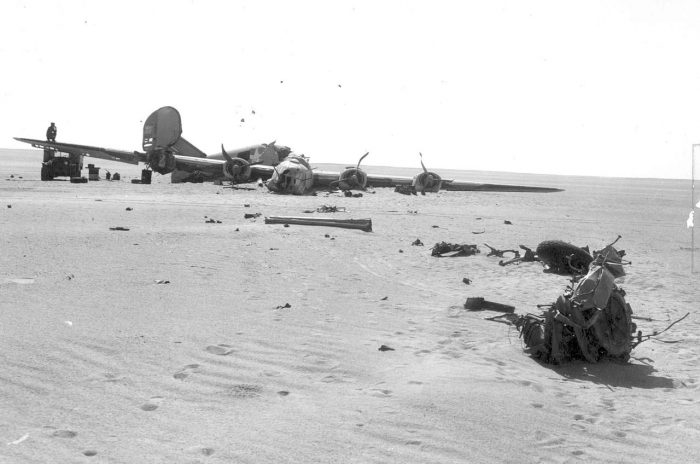
There has been much speculation over the years as to what happened next. The B-24 crew ditched their payload, that was certain, but with regard to their course and position it has been said that the desert, to a rookie pilot, can often be mistaken for the sea. Fearing the worst, the crew took their parachutes and abandoned the plane.
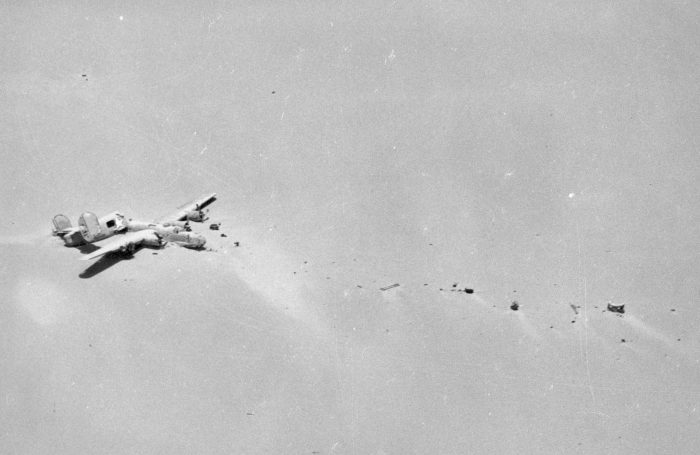
Back at base it was also assumed that the Lady had ditched in the Mediterranean and a search and rescue team was dispatched off the coast of Libya. No trace of either aircraft or her crew were found, and the search was quickly called off. At the height of the war the US Army Air Force was losing an average of two-hundred airmen every day. Today almost 12,000 remain missing.
The nine-strong crew of the Lady-be-Good had in fact been heading South over the Sahara Desert and were four-hundred miles from their airbase when they baled out, landing in the midst of the unforgiving sands of the Libyan interior.
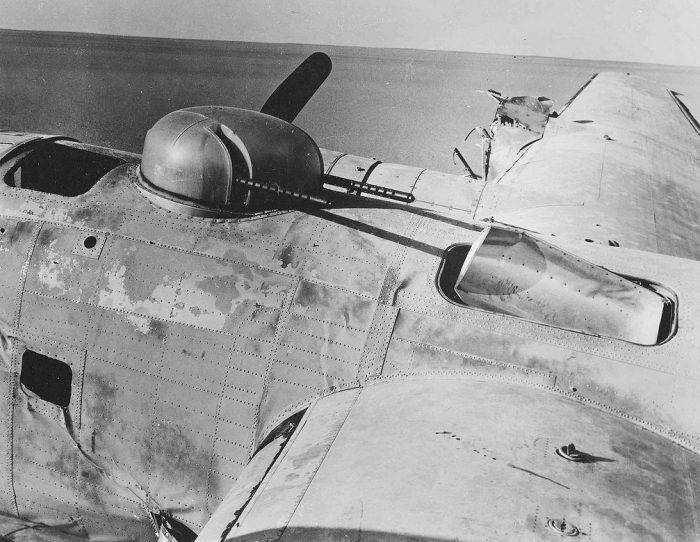
The B-24 landed on its belly seventeen miles South of the men’s landing site, its radio and water tanks intact. Eight crew survived the drop. It was later discovered that Bombardier John Woravka never made it as his parachute had failed to open. For the survivors there seemed to be only one way out of their terrible situation, a march North.
Two surviving diaries, eventually recovered in the 1960’s, tell of a slow struggle through the shifting sands for four days and four nights sharing half a canteen of water between them, the sand getting into their eyes and the midday heat scorching them half to death. With no shelter and with rations running out, three men struck out on the search for aid.
In Flight Lieutenant Hatton’s diary, on Friday 9th April he writes, ‘Shelley, Rip, Moore separate and try to go for help, rest of us all very weak, eyes bad. Not any travel, all want to die, still very little water.’
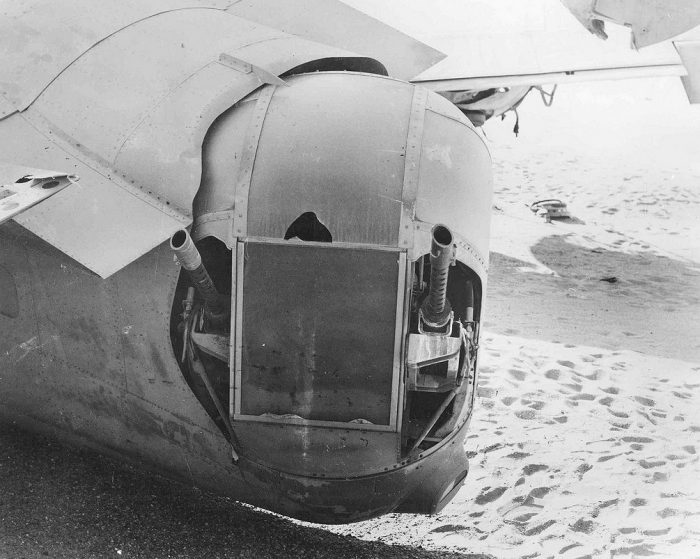
Despite all the odds Hatton and his crew had made it a hundred miles North. Flight engineer Harold Ripslinger’s remains were discovered some 200 miles North of the landing site. Desert survival experts put twenty-five miles as the notional walking limit in these conditions, so for these men to get so far was a heroic feat of endurance despite its tragic end.
Another Article From Us: The Unique Creations Made From WWII Aircraft
The bodies of eight crewmembers were recovered in 1960. The remains of Air Gunner Staff Sergeant Vernon L Moore have never been found.
